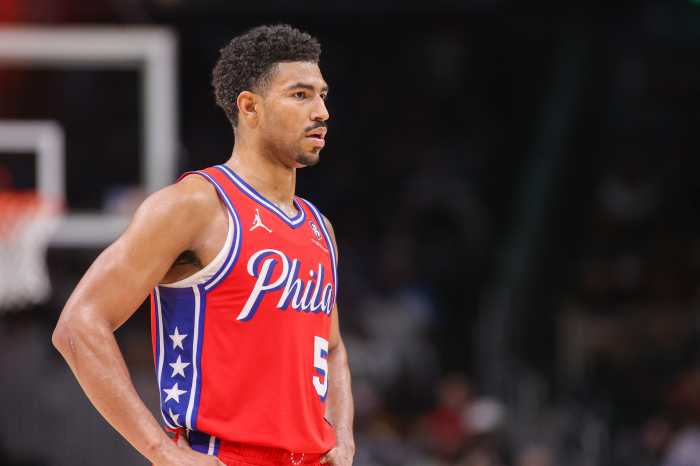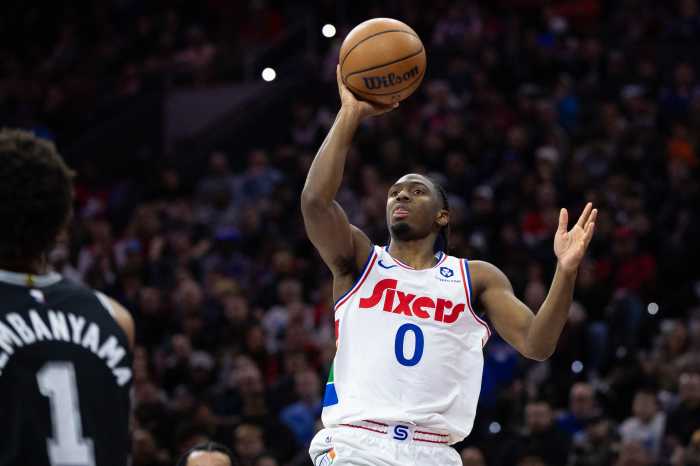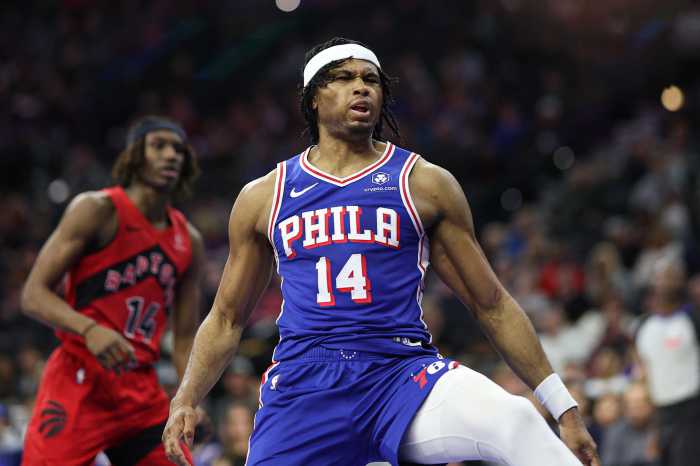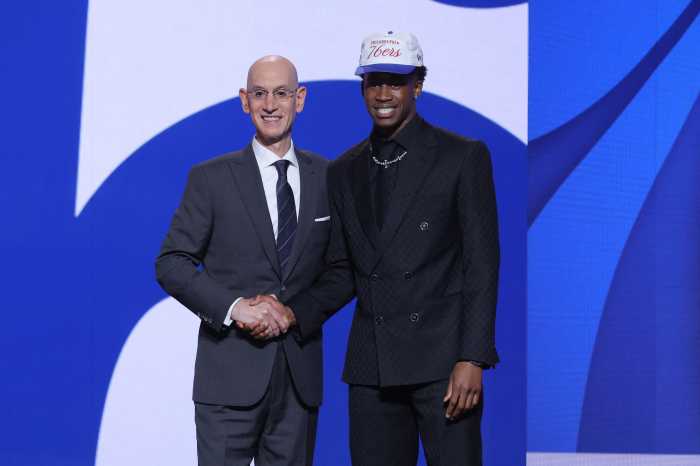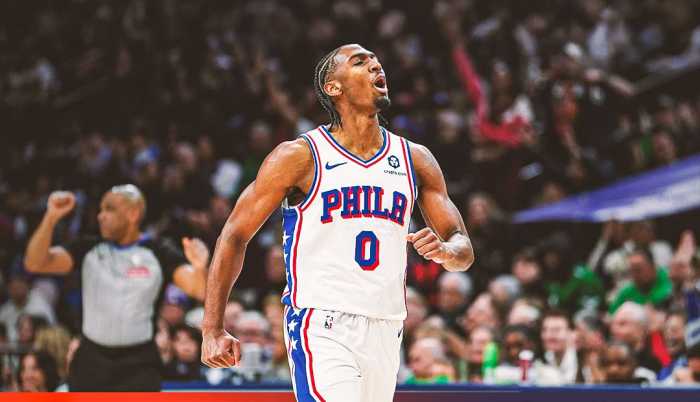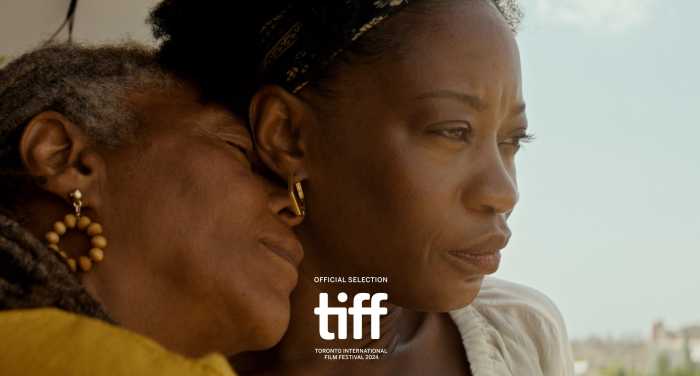We already covered the best backcourt draft picks in Philadelphia 76ers franchise history. Now, it is time to look at the players who played above the rim and protected the paint. Through different decades, we explored key frontcourt draft picks that helped put the Sixers in the national spotlight with NBA Finals appearances and All-Star game performances.
All but one of the forwards on this list are in the Basketball Hall of Fame. No matter what accomplishment they earned, Philly fans enjoyed their electrifying play style when they wore red, white, and blue.
Chet Walker | 1962 NBA Draft
One of the best small forwards in 76ers history, Chet Walker attended Bradley University and was a second-round pick chosen by the Syracuse Nationals in the 1962 NBA Draft. By the end of his first season, he made the All-Rookie Team. As an integral part of the 1967 championship team that also featured Wilt Chamberlain, Walker accumulated 18,831 points in his career.
Chet Walker played six seasons for the 76ers but finished his career with the Bulls. In Philly, his average was 19 points per game, but in Chicago, he jumped to 22 points a night. Walker was an All-Star seven times and is also a member of the Basketball Hall of Fame.
He recently passed away in early June of this year.
Billy Cunningham | 1965 NBA Draft
This 76ers great not only won a championship as a player, but he also coached Philadelphia to a title in 1983. Before he secured himself as one of the most decorated basketball figures in Philly franchise history, Billy Cunningham attended the University of North Carolina and was later drafted by the Sixers with the seventh pick in the first round of the 1965 NBA Draft.
Cunningham was not just a role player. Although he shared the court with Wilt Chamberlain, Hal Greer, and Chet Walker, the Kangaroo Kid averaged almost 21 points per game in nine seasons with the 76ers. He even averaged 19.7 points per game in the 1967 NBA Finals. Cunningham was a five-time NBA All-Star and made All-NBA four times. His stellar career earned him a spot in the Basketball Hall of Fame and on the NBA 75th Anniversary Team.
George McGinnis | 1973 NBA Draft
From a small town in Alabama, this former Sixer was drafted in the second round of the 1973 NBA Draft. He was an impact player immediately. George McGinnis was a flat-out scorer for the 76ers, averaging 23 points a game, one year before the arrival of Julius Erving. Once they shared the frontcourt together, Philadelphia started making deep playoff runs.
Prior to teaming up with Dr. J., McGinnis was a two-time ABA champion and the 1974-75 ABA MVP. He made the All-Star team six times and was All-NBA twice. His dominance as a scorer and contributions to the 76ers and Indiana Pacers helped him get selected to the Basketball Hall of Fame.
Charles Barkley | 1984 NBA Draft
Besides Allen Iverson, there is probably no other player in franchise history more adored than Charles Barkley. Drafted out of Auburn University as the 5th overall pick in the 1984 NBA Draft, Sir Charles had to align with the 76ers’ veterans at the time. Julius Erving and Moses Malone had to teach Barkley how to be a professional, which included getting into NBA shape. Once that happened, his career took off.
In just his second year, he averaged 20 points per game. In his third year, he joined his first of eleven All-Star teams. That season, he led the league in rebounds with 14.6 and even ranked sixth in MVP voting. Amazingly, in every season of his career, except for his rookie year, Barkley averaged double-digit rebounds. His accolades include 1984-85 All-Rookie Team, 11x All-NBA, and 1992-1993 MVP. Charles Barkley is also a member of the Basketball Hall of Fame and the NBA 75th Anniversary Team.
Joel Embiid | 2014 NBA Draft
As the 76ers were looking to strike gold during the “Process Years”, they held the third pick in the 2014 NBA Draft. With so much speculation about what would happen with Andrew Wiggins, the 76ers had no choice but to pick Joel Embiid after Wiggins was drafted first overall. The most bizarre aspect of the draft with Embiid was how he was unable to play the first few years of his career due to injury. Once he suited up, he became an instant favorite.
By his third season, Joel Embiid was averaging almost 28 points, 14 rebounds, and a pair of blocks. His versatility is what started distinguishing him from legendary big men before him. With the stature of an intimidating center, his game was not rigid or limited to the paint. Joel Embiid dribbled and shot the ball more like a guard, mimicking greats like Michael Jordan and Kobe Bryant.
Embiid’s game could still be evolving, and it is safe to say he is a lock for the Basketball Hall of Fame. Although he has secured multiple All-Star appearances and the league MVP award, an NBA championship is next on his achievement list.

